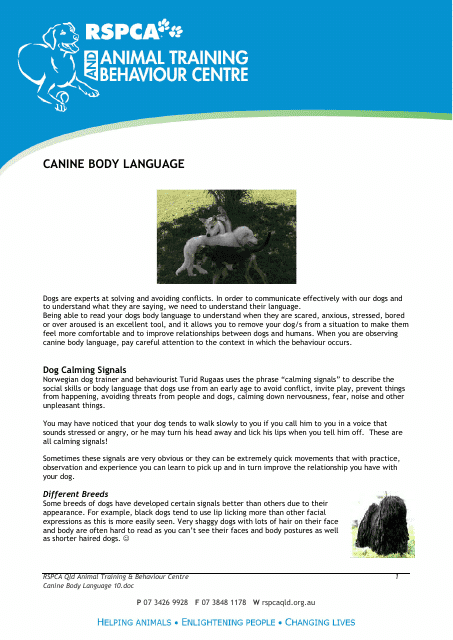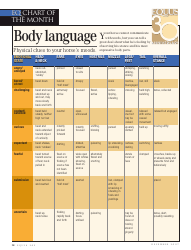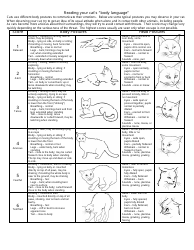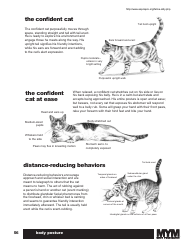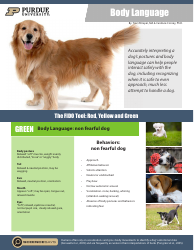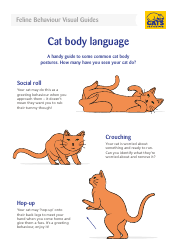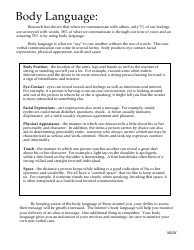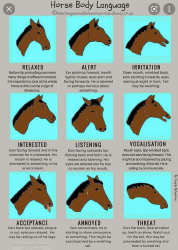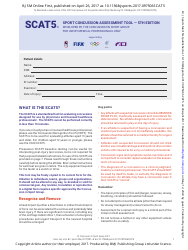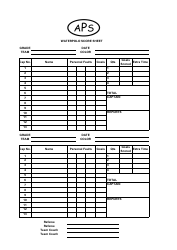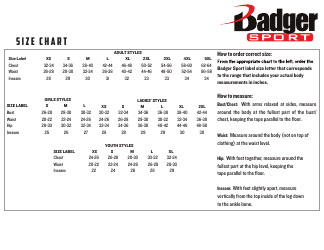Canine Body Language
Canine body language is used for communication and expression of emotions by dogs. It helps them convey their feelings, intentions, and social status to other dogs and humans. Understanding canine body language is important in order to interpret a dog's behavior and respond appropriately.
Canine body language is not filed by any particular entity or organization. It is a natural form of communication exhibited by dogs, and it is observed and studied by researchers, dog behaviorists, and trainers.
FAQ
Q: What is canine body language?
A: Canine body language refers to the various ways that dogs communicate through their body postures, facial expressions, and vocalizations.
Q: Why is it important to understand canine body language?
A: Understanding canine body language is important for dog owners and caretakers to be able to interpret a dog's behavior and emotions, which can help prevent misunderstandings, conflicts, and potential aggression.
Q: What are some common signs of a relaxed dog?
A: Some common signs of a relaxed dog include a loose and wagging tail, open mouth with relaxed lips, soft eyes, and a body posture that is not stiff or tense.
Q: What are some signs of fear or anxiety in dogs?
A: Signs of fear or anxiety in dogs can include cowering or shrinking away, tucked tail, lowered body posture, lip licking, panting, and avoidance of eye contact.
Q: How do dogs communicate dominance or assertiveness?
A: Dogs communicate dominance or assertiveness through behaviors such as standing tall, raised tail, direct eye contact, and a stiff or rigid body posture.
Q: What does it mean when a dog yawns?
A: When a dog yawns, it can be a sign of stress or anxiety. However, dogs also yawn when they are tired or relaxed.
Q: What does it mean when a dog bares its teeth?
A: When a dog bares its teeth, it is a sign of aggression or a warning signal. It is important to give the dog space and avoid provoking it further.
Q: Are there any universal body language cues in dogs?
A: While some body language cues in dogs are universal, others can vary depending on the individual dog's breed, personality, and previous experiences. It is important to consider the context and other cues when interpreting a dog's body language.
